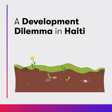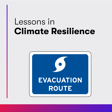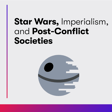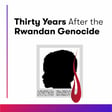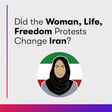Become a Creator today!Start creating today - Share your story with the world!
Start for free
00:00:00
00:00:01

Why are Rohingya and Ukrainian Refugees Treated Differently?
In this episode, School of International Service professor Tazreena Sajjad joins Big World to discuss the difference in global responses to Rohingya and Ukrainian refugees.
Sajjad, an expert on refugees and forced displacement, begins our discussion with a brief overview of the history of the Rohingya refugee crisis (2:53). Sajjad also discusses life inside the refugee camps in Bangladesh (7:26) and explains how other countries and international aid organizations are working to help Rohingya refugees (11:19) displaced from Myanmar.
Why is there a disparity in media coverage of the Rohingya and Ukrainian refugee crises (16:13)? How are international aid dollars being spent, and who decides which refugees receive this aid (25:08)? Sajjad answers these questions and discusses the impact of geographical proximity and geopolitical importance when it comes to assisting refugee groups (27:58). To close out the discussion, Sajjad asks our listeners to consider both the public perceptions and lived realities of both the Rohingya and Ukrainian refugees (33:23).
In the “Take 5” segment (19:23) of this episode, Sajjad answers the question: How can countries and international organizations better work to support refugees from all situations and ensure that resources and aid are shared more equally among those threatened groups who need it the most?
Recommended
